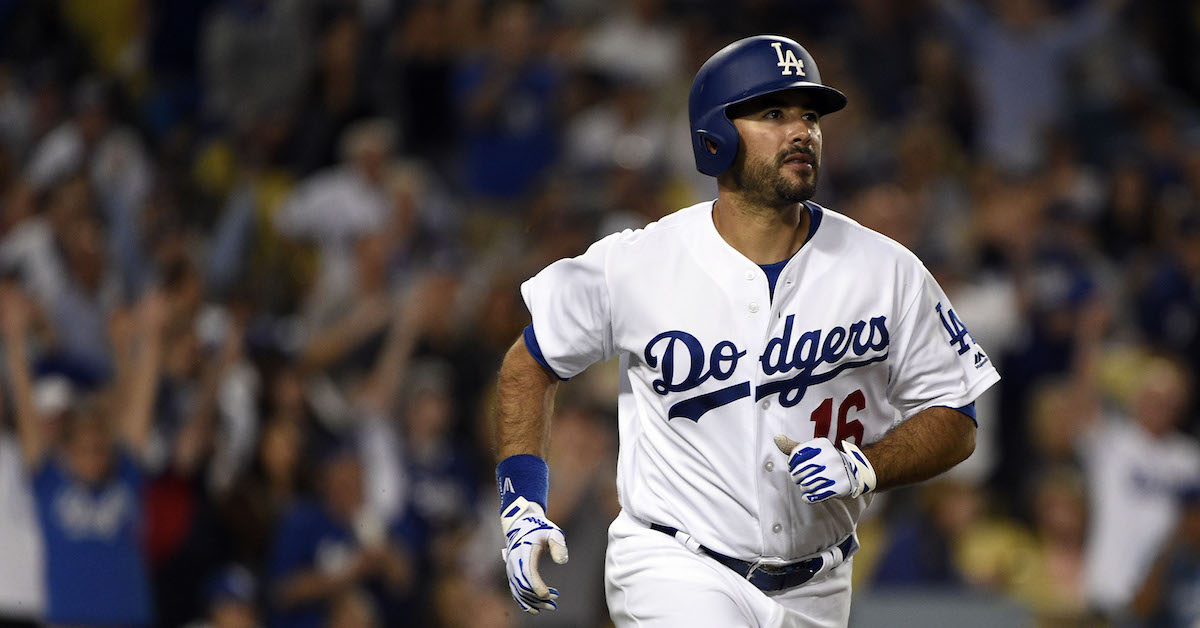JAWS and the 2023 Hall of Fame Ballot: Andre Ethier

The following article is part of Jay Jaffe’s ongoing look at the candidates on the BBWAA 2023 Hall of Fame ballot. For a detailed introduction to this year’s ballot, and other candidates in the series, use the tool above; an introduction to JAWS can be found here. For a tentative schedule, and a chance to fill out a Hall of Fame ballot for our crowdsourcing project, see here. All WAR figures refer to the Baseball-Reference version unless otherwise indicated.
| Player | Pos | Career WAR | Peak WAR | JAWS | H | HR | SB | AVG/OBP/SLG | OPS+ |
|---|---|---|---|---|---|---|---|---|---|
| Andre Ethier | RF | 21.5 | 18.8 | 20.2 | 1,367 | 162 | 29 | .285/.359/.463 | 122 |
It would be an overstatement to call the Dodgers’ acquisition of Andre Ethier a turning point in the franchise’s history, but when the team snagged him from the A’s in December 2005 in exchange for infielder Antonio Perez and outfielder Milton Bradley, it had made just three postseason appearances and won a grand total of one playoff game in the first 11 years of the Wild Card era — one playoff game since winning the World Series in 1988, even. During the course of Ethier’s 12-year career, the Dodgers reached the playoffs eight times, and while injuries limited his role at the end, he signed off with a pinch-hit RBI single in Game 7 of the 2017 World Series, and retired as the franchise leader in postseason games played (51).
As a Dodgers regular from 2006-15 — usually in right field, but with years spent mainly in left or center as well — Ethier combined good on-base skills and middle-of-the-lineup pop, meshing with a handful of homegrown players while helping the team win five NL West titles and add a Wild Card appearance in that span. During that time, Ethier made two All-Star teams, won Gold Glove and Silver Slugger awards, became a fan favorite, and earned a five-year, $85 million extension that unfortunately didn’t go as hoped. Indeed, the Dodgers sometimes seemed blind to his limitations, overexposing him to left-handed pitching (note his career 73 wRC+ against southpaws, 139 against righties) and overestimating his defensive abilities. Still, he spent his entire major league career in one place, making him one of two single-team candidates on this year’s ballot (Matt Cain is the other). Read the rest of this entry »







